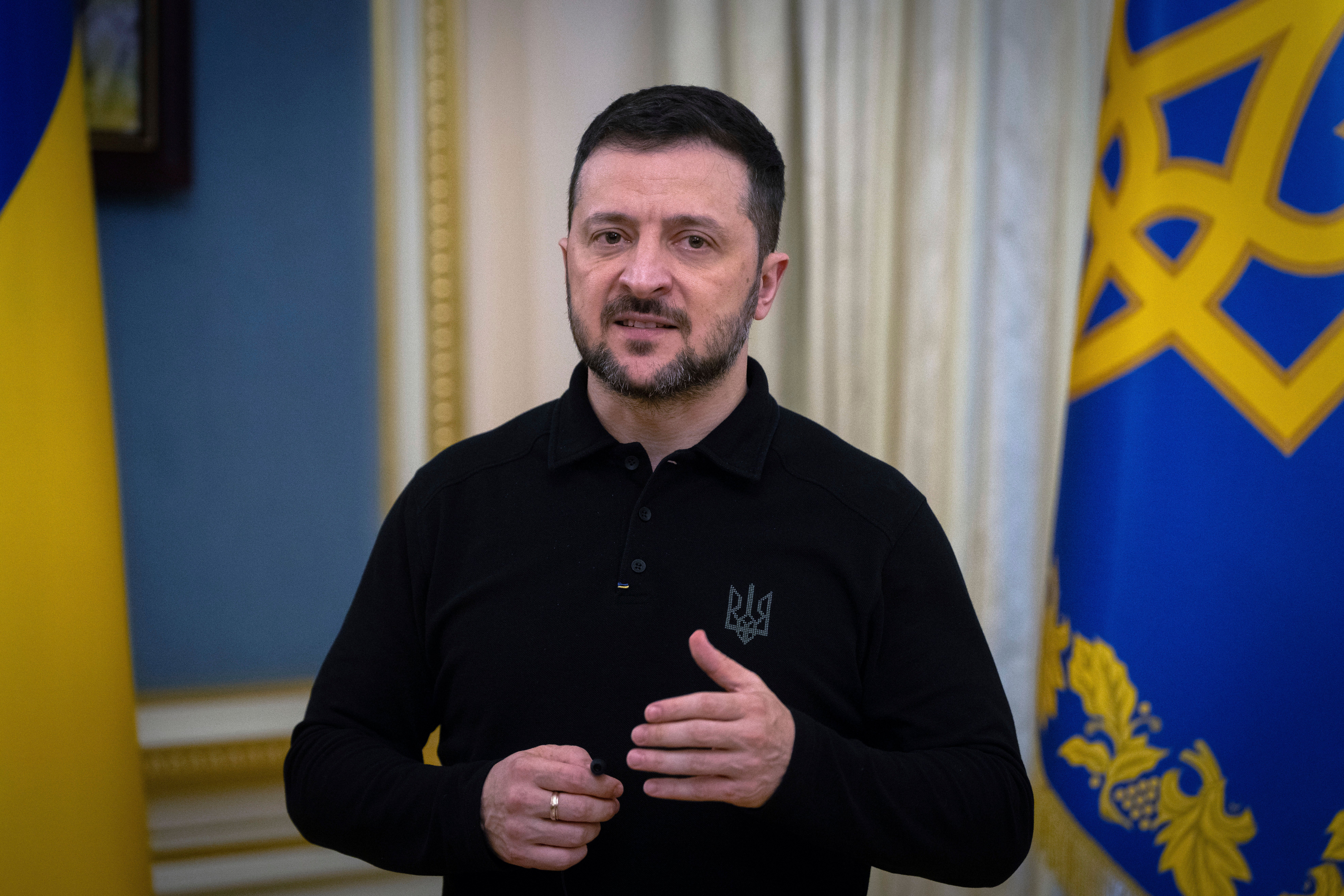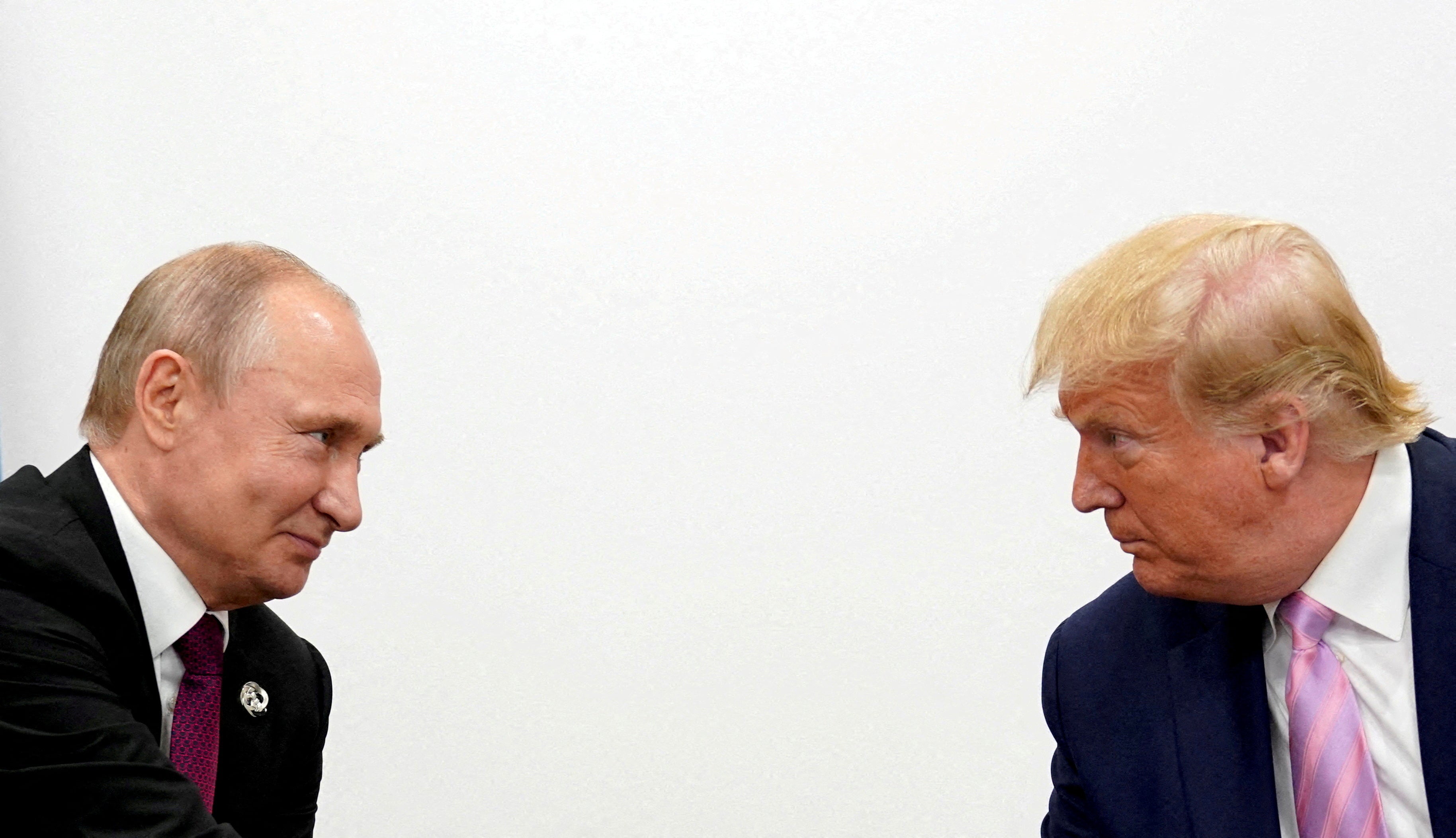U.S. President Donald Trump on Tuesday said Ukraine had “essentially agreed” to a rare earth minerals deal with the US.
“I told them that I want the equivalent of like $500 billion worth of rare earths, and they’ve essentially agreed to do that.”
China, with whom Trump has threatened a trade war, is the world’s largest producer of rare earths and many other critical minerals. Both the U.S and Europe have sought to reduce their dependence on Beijing.
President Volodymyr Zelenskiy told Reuters on February 8 that he is ready to do a deal with Trump that includes U.S. involvement in developing Ukraine’s huge deposits of rare earths and other critical minerals.
Rare earths are a group of 17 metals used to make magnets that turn power into motion for electric vehicles, cell phones, missile systems, and other electronics. There are no viable substitutes.

The U.S. Geological Survey considers 50 minerals to be critical, including several types of rare earths, nickel and lithium.
Ukraine has deposits of 22 of the 34 minerals identified by the European Union as critical, according to Economy Ministry data. This includes industrial and construction materials, ferroalloy, precious and non-ferrous metals, and some rare earth elements. Ukraine also has significant reserves of coal; however, most of these are now under the control of Russia in occupied territory.
What are Ukraine’s rare earths?
Known as the bread basket of Europe, Ukraine also boasts vast mineral resources.
Some of these are essential for industries such as defence, high-tech appliances, aerospace and green energy.
According to the Institute of Geology, Ukraine possesses rare earth elements such as lanthanum and cerium, used in TVs and lighting; neodymium, used in wind turbines and EV batteries; and erbium and yttrium, whose applications range from nuclear power to lasers. The EU-funded research also indicates that Ukraine has scandium reserves. Detailed data are classified.
Zelenskiy said in an interview on Friday that Russia had occupied about half of Ukraine’s rare earth deposits.
Mining analysts and economists say that Ukraine has no commercial operational rare earth mines. Zelenskiy also said that Ukraine had Europe’s largest reserves of titanium and uranium.
According to the World Economic Forum, Ukraine is also a key potential supplier of lithium, beryllium, manganese, gallium, zirconium, graphite, apatite, fluorite and nickel.
The State Geological Service said Ukraine has one of Europe’s largest confirmed reserves, estimated at 500,000 metric tons, of lithium – vital for batteries, ceramics, and glass. Titanium reserves are mostly located in northwestern and central Ukraine, while lithium is in the centre, east and southeast.
Ukraine’s reserves of graphite, a key component in electric vehicle batteries and nuclear reactors, represent 20% of global resources. The deposits are in the centre and west.
The war has caused widespread damage across Ukraine and Russia now controls around a fifth of its territory. The bulk of Ukraine’s coal deposits, which powered its steel industry before the war, are concentrated in the east and have been lost.
About 40% of Ukraine’s metal resources are now under Russian occupation, according to estimates by Ukrainian think-tanks We Build Ukraine and the National Institute of Strategic Studies, citing data up to the first half of 2024. They provided no detailed breakdown.
Since then, Russian troops have continued to advance steadily in the eastern Donetsk region. In January, Ukraine closed its only coking coal mine outside the city of Pokrovsk, which Moscow’s forces are trying to capture.

Russia has occupied at least two Ukrainian lithium deposits during the war – one in Donetsk and another in the Zaporizhzhia region in the southeast. Kyiv still controls lithium deposits in the central Kyrovohrad region.
Oleksiy Sobolev, first deputy economy minister, said in January that the government was working on deals with Western allies including the United States, Britain, France and Italy on projects related to exploiting critical materials. The government estimates the sector’s total investment potential at about $12-15 billion by 2033.
The State Geological Service said the government was preparing about 100 sites to be jointly licensed and developed but provided no further details.
Although Ukraine has a highly qualified and relatively inexpensive labour force and developed infrastructure, investors highlight a number of barriers to investment. These include inefficient and complex regulatory processes as well as difficulty accessing geological data and obtaining land plots.
Such projects would take years to develop and requireconsiderable up-front investment, they said.
What happens next?
Details of any deal will likely develop in meetings between U.S. and Ukrainian officials. Zelenskyy and Trump will probably discuss the subject when they meet.
U.S. companies have expressed interest, according to Ukrainian business officials. But striking a formal deal would likely require legislation, geological surveys and negotiation of specific terms.
It is unclear what kind of security guarantees companies would require to risk working in Ukraine, even in the event of a ceasefire. And no one knows for sure what kind of financing agreements would underpin contracts between Ukraine and U.S companies.


